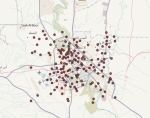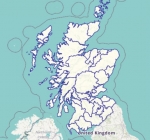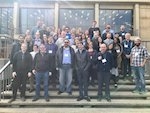
Google makes 40 years of Earth observations available to researchers with Google Earth Engine!
Last week I spent 3 days at Google for their annual Google Earth Engine Summit, learning about new features and applications of their Google Earth Engine technology. If you haven’t seen Google Earth Engine, I encourage you to go to https://earthengine.google.com and use the signup link to get an account. It’s absolutely free for non-commercial use and it’s capabilities are pretty mind-blowing.






